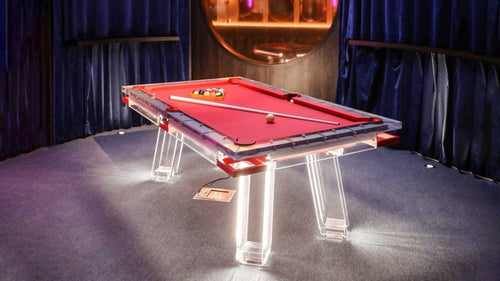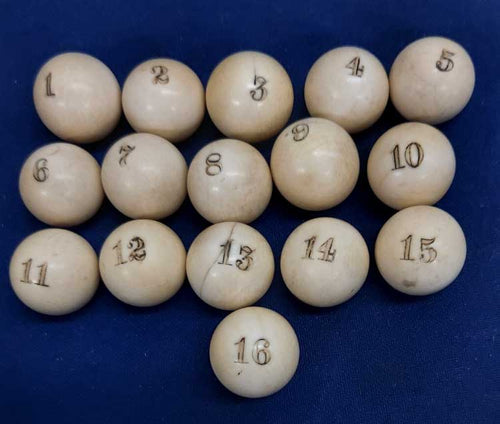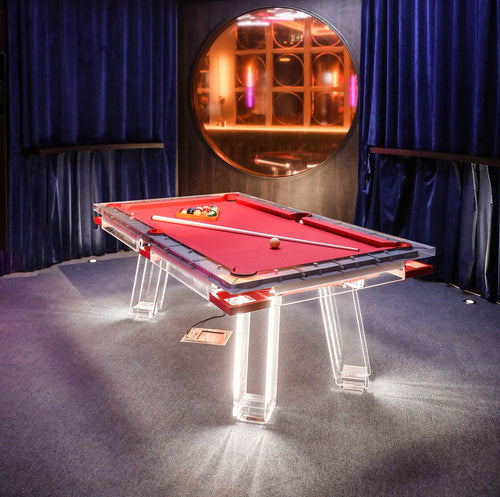Enjoy our modern designs
Estimated Read Time: 7 mins | Updated:
Table tennis and ping pong are terms often used interchangeably, but they represent distinct versions of the same exhilarating sport. Table tennis is the competitive, professional version with standardized rules, while ping pong is a more casual, recreational variant that emphasizes fun and flexibility. Whether you’re a seasoned athlete, a casual player, or someone curious about picking up a new hobby, understanding the nuances between table tennis and ping pong can enhance your appreciation and performance. In this comprehensive guide, we’ll explore the historical origins, rules, equipment, play styles, competitive landscapes, and common misconceptions surrounding both table tennis and ping pong.
History: From Victorian Parlors to Olympic Arenas

The Origins of Table Tennis
Table tennis originated in England during the late 19th century as a genteel indoor version of tennis played in Victorian parlors. Known early on as "Gossima" or "whiff-whaff," it quickly evolved with more sophisticated equipment and structured gameplay.
Early Equipment

The first paddles were basic wood designs, with cork or rubber balls crafted by hand.
Formalization
In the early 20th century, standardized rules were introduced. The International Table Tennis Federation (ITTF) was founded in 1926 to govern competitive play.
Olympic Recognition
The sport made its Olympic debut at the 1988 Seoul Games, cementing its status on the world stage.
The Emergence of Ping Pong

Ping pong originally referred to a casual variant of table tennis. The name was trademarked by Parker Brothers in the early 1900s and became popular for informal, social play.
Casual Play
Common in homes and offices, ping pong emphasizes simplicity and accessibility.
Simplified Rules
Ping pong lacks rigid standards, making it adaptable and fun for all ages.
Cultural Impact
It remains a go-to social game, known for long rallies and laughter over competition.
Understanding the Rules: Competitive vs. Recreational Play
Table Tennis Rules
- Table Dimensions: 2.74m x 1.525m x 0.76m (standardized by ITTF).
- Equipment: 40mm balls, rubber-coated paddles.
- Scoring: First to 11, win by 2 points.
- Serving: Must toss ball 6 inches, bounce once on each side.
- Technique: Focused on spin, angles, and speed.
Ping Pong Rules
Ping pong is more relaxed and player-defined.
- Table Sizes: Can vary based on space.
- Equipment: Plastic balls, simple paddles.
- Scoring: Usually to 21, or flexible rally-based goals.
- Serving: Players agree on format.
- Technique: Basic strokes and casual flow.
Equipment Comparison: What You Need to Play

Table Tennis Gear
- Paddles: Customizable rubber for spin and control.
- Balls: Lightweight 40mm tournament-approved.
- Tables: Anti-glare, pro-level bounce.
- Nets: Precision-aligned, ITTF regulation.
Ping Pong Gear
- Paddles: Basic wooden or plastic, good for beginners.
- Balls: Durable plastic, standard size.
- Tables: Portable and adaptable to space.
- Nets: Easy-to-use, clip-on designs.
Play Styles: Precision vs. Playfulness
Table Tennis
- Techniques: Fast spins, strategic rallies.
- Physical Demand: Intense footwork, sharp reflexes.
- Strategy: Exploiting weak zones and misdirection.
Ping Pong
- Techniques: Basic shots, long rallies.
- Physical Demand: Minimal, inclusive to all.
- Strategy: Lighthearted, focused on fun.
Competitive vs. Social Tournaments

Table Tennis Scene
- ITTF World Championship
- Olympic Presence since 1988
- Local & National Leagues
Ping Pong Tournaments
- Corporate Events
- Recreational Leagues
- Social Meetups & Parties
Key Misconceptions
- "Ping pong = table tennis": Not quite. Ping pong is casual; table tennis is formal and regulated.
- Double Points Ball: Myth—no such rule exists in standard formats.
- Equipment Doesn't Matter: It does. Equipment defines pace, spin, and game style.
Tips to Improve
For Table Tennis Players
- Refine grip and stroke form.
- Train spin generation and counterplay.
- Practice footwork agility drills.
- Join clubs or tournaments for real-time learning.
For Ping Pong Players
- Keep rallies going for practice and fun.
- Test different paddles for comfort.
- Play with a variety of people for adaptability.
Conclusion: Embrace Both Worlds
Whether you chase victory in a tournament or just laugh through a casual rally, both table tennis and ping pong have their place. Understanding the differences helps you choose your equipment, ruleset, and style of play. Dive into the game that suits you best—and maybe enjoy a bit of both.


















